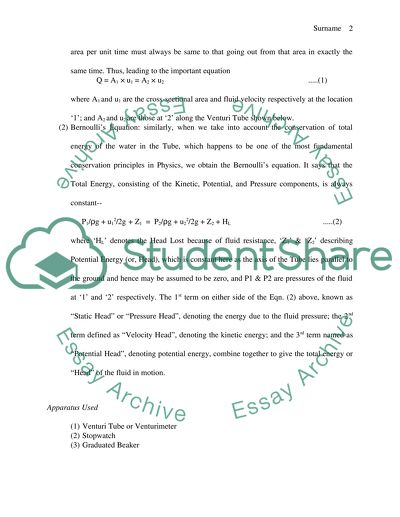Cite this document
(“Fluid mechanics Assignment Example | Topics and Well Written Essays - 2000 words”, n.d.)
Retrieved from https://studentshare.org/family-consumer-science/1419571-fluid-mechanics
Retrieved from https://studentshare.org/family-consumer-science/1419571-fluid-mechanics
(Fluid Mechanics Assignment Example | Topics and Well Written Essays - 2000 Words)
https://studentshare.org/family-consumer-science/1419571-fluid-mechanics.
https://studentshare.org/family-consumer-science/1419571-fluid-mechanics.
“Fluid Mechanics Assignment Example | Topics and Well Written Essays - 2000 Words”, n.d. https://studentshare.org/family-consumer-science/1419571-fluid-mechanics.


